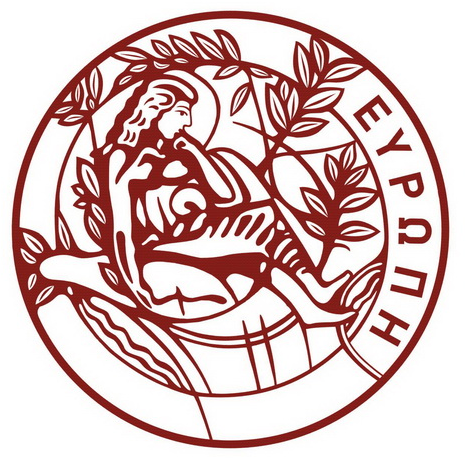PhD Candidate
ANTONIOS KORDAS
akordas@materials.uoc.gr
Phone
Office
Personal web page
Title
Three-Dimensional Scaffolds for Tissue Regeneration
Supervisor
RANELLA ANTHI, Researcher C, FORTH, Heraklion Crete GREECE
Committee Members
VELONIA KALLIOPI, Assistant Professor, Materials Science & Technology Dept. - UOC
FARSARI MARIA, Researcher A, FORTH, Heraklion Crete GREECE
Abstract
The in vivo study of the interaction between the Immune System and the Central Nervous System is particularly difficult due to the dynamic interaction and complexity of the two systems. Therefore, the development of an in vitro experimental model for the study of the myelination of axons is deemed essential. It is common knowledge that cellular responses like adhesion, orientation, proliferation and differentiation are affected by chemical, mechanical and topographical stimuli received by the extracellular matrix. As a result, cells exhibit a wide range of morphologies and sizes in accordance with the topographic stimuli they receive, consequently altering their aforementioned responses. We propose the development of a 3D in vitro experimental model for the myelination of the N2A neuronal cell line from glial Schwann cells (SW10). Previous experiments with different culture conditions on conventional glass surfaces suggest the co-culture of SW10/ N2A cells for a period longer than 3-4 weeks as the potential myelination model. Specifically, there were strong indications of successful axon myelination regarding the cultures that Schwann cells were initially grown followed by addition of the nerve cells (co-culture for 28 days). In this study we aim to develop a 3D biomimetic experimental model to determine the suitable protocol for the co-culture of SW10 an N2A cells in 3D scaffolds of hybrid photopolymer materials (MAPMTS, DMAEMA, ZPO) and the creation of a functional 3D neural network. In initial experiments using hybrid photopolymerized 3D scaffolds an extensive cell growth was observed. Moreover, a direction towards the development of the N2A axons is apparent. The aim of the proposed thesis is the determination of the proper scaffold (architecture, topography) and the SW10 and N2A co-culture conditions (cell number, culture time) for the development of a functional 3D neural network. The functionality of the network will be tested by biochemical (Immunohistochemistry, ELISA, WESTERN BLOT) and molecular methods (RT-PCR, proteomics). The results are expected to decisively contribute in the development of an in vitro experimental model for the study of nerve cell processes (i.e. myelination/ demyelination of neurites) and to become a tool for the study of neurodegenerative diseases.


